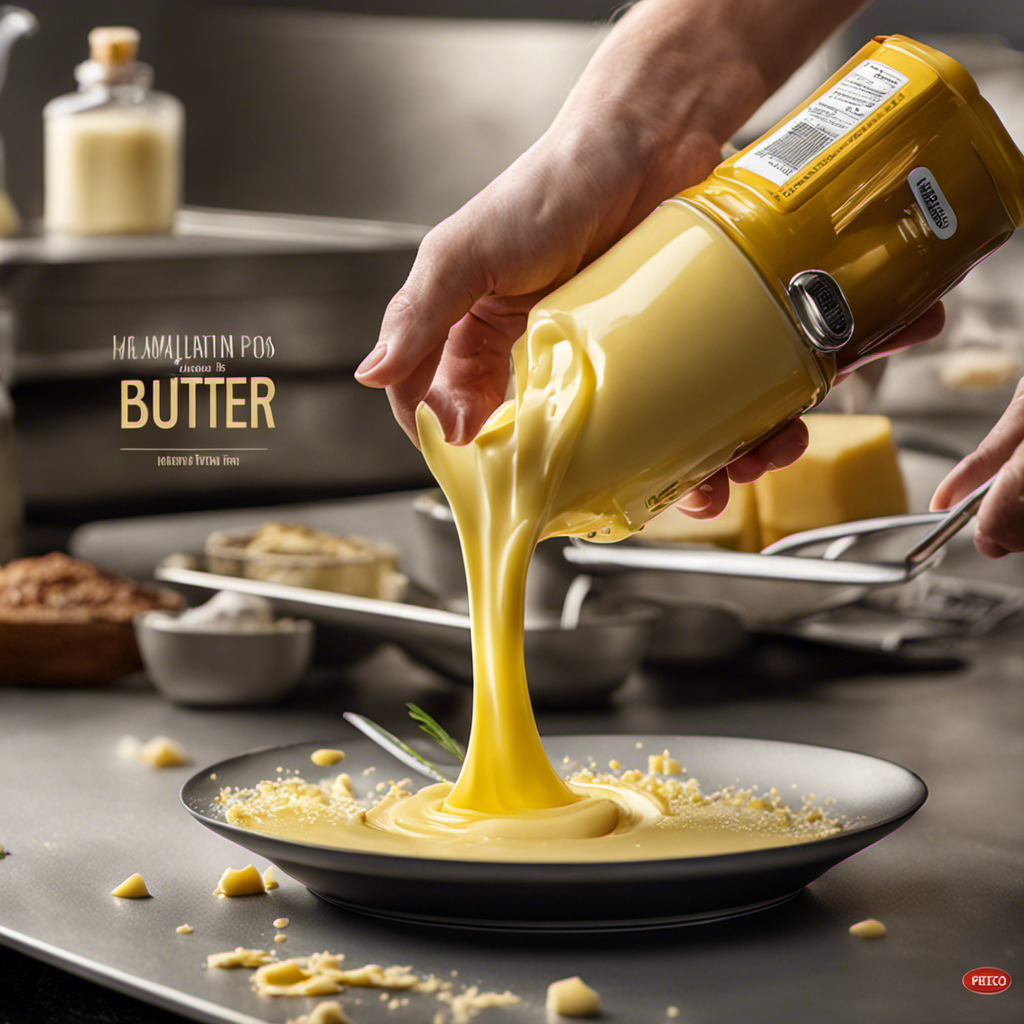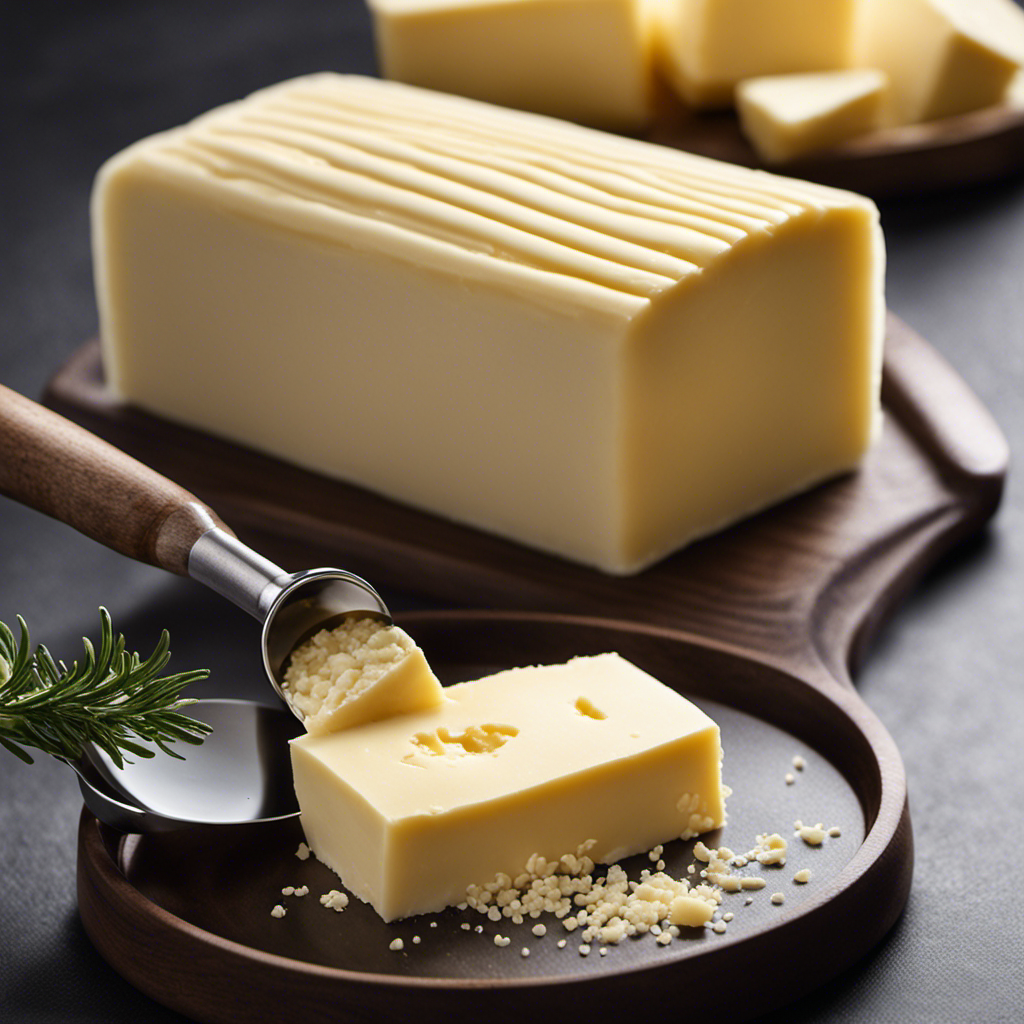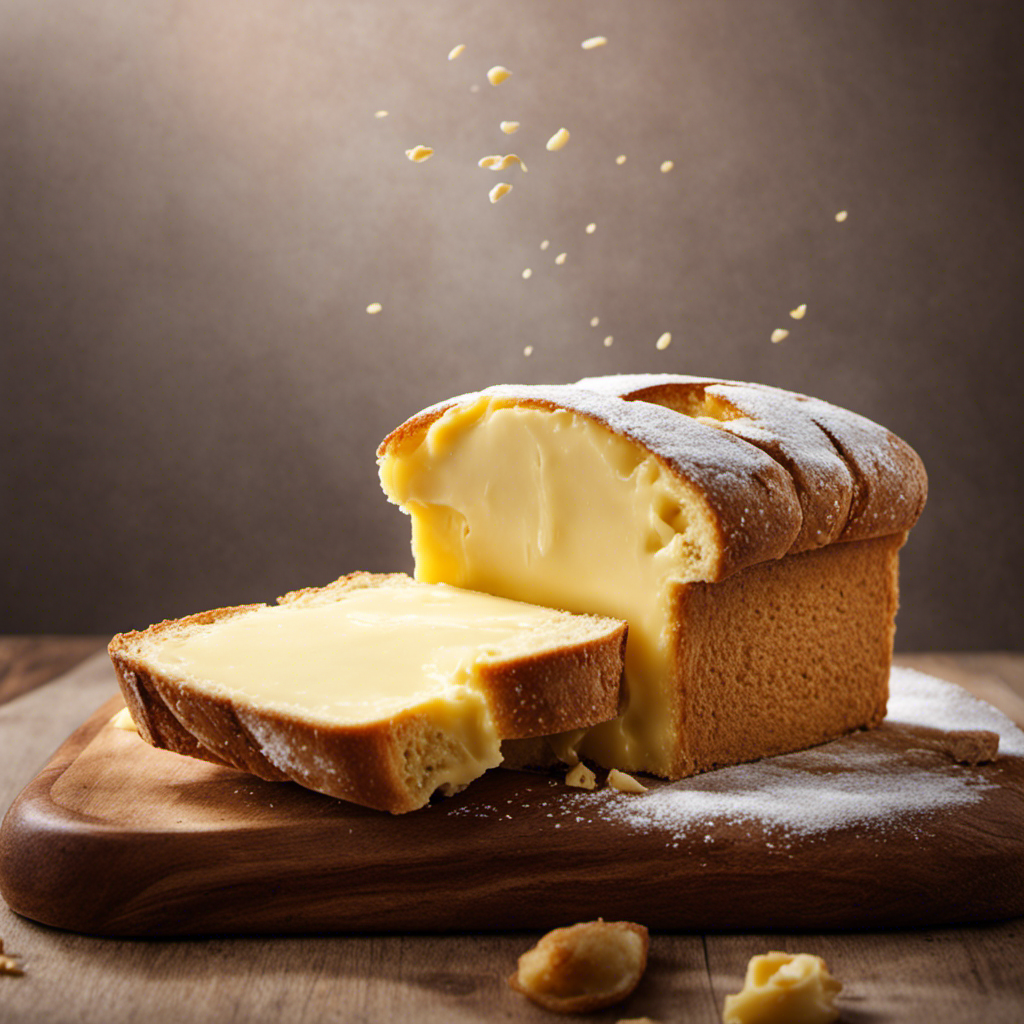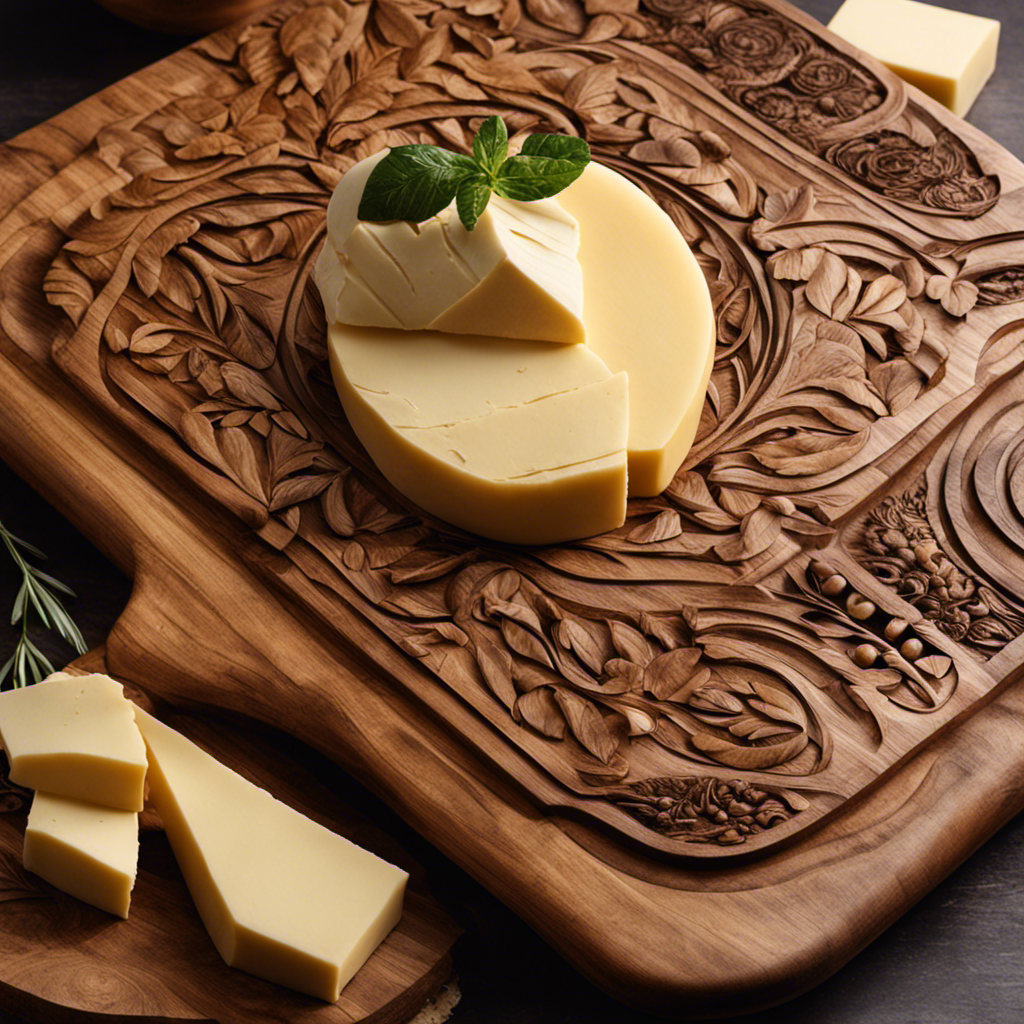Did you know **shea butter** isn’t just in a lot of skincare products, but it can do wonders for your skin? Uncover the secrets of this amazing ingredient and how it can make your skin glow with health. Keep reading to learn more about the surprising benefits of **shea butter** for your skin!
In this article, I’ll guide you through the process of making your own shea butter at home. By following these simple steps, you’ll be able to create a natural and nourishing product that can moisturize and protect your skin.
So, let’s gather the ingredients and get started on this exciting DIY project!
Key Takeaways
- Choose raw, unrefined shea butter from a reputable supplier and consider using a carrier oil like coconut or almond oil.
- Experiment with different preparation methods for desired effects, such as whipped shea butter for light and quick absorption or solid shea butter for balms or bars.
- Enhance the sensory experience and therapeutic effects by adding essential oils or fragrances, such as lavender for stress reduction or peppermint for invigoration.
- Consider incorporating natural colorants like turmeric powder or beetroot powder for personalized and visually appealing shea butter recipes.
Gathering the Ingredients and Supplies
Now it’s time to gather all the ingredients and supplies you’ll need to make shea butter.
When choosing the right ingredients, it’s important to opt for raw, unrefined shea butter. Look for a reputable supplier that ensures the shea butter is ethically sourced and free from any additives or chemicals.
Additionally, you will need a carrier oil like coconut or almond oil to enhance the moisturizing properties of the shea butter.
As for alternative supplies, if you don’t have access to a shea butter supplier, you can try purchasing shea nuts and extracting the butter yourself. This will require more time and effort, but it gives you control over the quality of the final product.
With all the ingredients and supplies ready, it’s time to move on to preparing the shea butter base.
Preparing the Shea Butter Base
Begin by melting the raw shea butter in a double boiler. This process helps to retain the beneficial properties of the butter without overheating it. Once melted, you can proceed with preparing the shea butter base in different ways, each with its own benefits.
-
Whipped Shea Butter
-
This method involves whipping the melted shea butter with other oils or essential oils to create a light, fluffy texture.
-
Whipped shea butter is easy to apply and absorbs quickly into the skin, making it ideal for moisturizing and soothing dry or irritated skin.
-
Solid Shea Butter
-
In this method, the melted shea butter is allowed to cool and solidify.
-
Solid shea butter is great for creating balms, salves, or bars that can be used for targeted moisturizing and nourishment of the skin.
Using shea butter in skincare products provides numerous benefits, such as hydration, anti-inflammatory properties, and protection against environmental damage. Experiment with different preparation methods to find the one that suits your needs best.
Adding Essential Oils or Fragrances
When it comes to adding fragrances to your skincare products, there are several benefits to consider.
Fragrances not only enhance the sensory experience of using the product, but they can also have therapeutic effects on the mind and body.
Choosing the right scent is essential, as different fragrances have different effects and can evoke different emotions.
Benefits of Fragrances
Using fragrances in shea butter can provide additional benefits for the skin. When it comes to aromatherapy, different fragrances have different effects on the body and mind.
Here are some benefits and effects of using fragrances in shea butter:
-
Calming and Relaxing Fragrances:
-
Lavender: Helps reduce stress and promote relaxation.
-
Chamomile: Soothes the mind and aids in sleep.
-
Energizing and Uplifting Fragrances:
-
Peppermint: Invigorates and refreshes the senses.
-
Citrus (such as lemon or orange): Boosts mood and increases energy.
By incorporating these fragrances into your shea butter, you can enhance its effects on the skin. The calming fragrances promote relaxation, while the energizing fragrances provide a burst of energy.
Whether you’re looking to unwind after a long day or need a quick pick-me-up, adding fragrances to your shea butter can offer a delightful sensory experience and additional benefits for your skin.
Choosing the Right Scent
The key to finding the right scent is considering your personal preferences and the effects you want to achieve. When choosing a fragrance, it’s important to explore alternative options beyond traditional perfumes and colognes. There are many alternative fragrance options available that can cater to different needs and preferences. To help you in your search, I have created a table below that highlights some of these alternatives and their unique characteristics:
| Alternative Fragrance Options | Characteristics |
|---|---|
| Essential Oils | Pure and concentrated scents derived from plants, known for their therapeutic benefits |
| Aromatherapy Blends | Mixtures of essential oils designed to promote relaxation, stress relief, or other specific effects |
| Natural Perfumes | Fragrances made from natural ingredients, free from synthetic chemicals and additives |
Incorporating Natural Colorants (Optional
You can add natural colorants to your shea butter recipe if desired. Incorporating natural dye alternatives into your DIY skincare recipes not only adds a beautiful touch of color but also provides additional benefits for your skin.
Here are some options to consider:
-
Powders:
-
Turmeric: Known for its bright yellow color, turmeric also has anti-inflammatory properties that can help soothe the skin and reduce redness.
-
Beetroot: This vibrant red powder is rich in antioxidants and can give your shea butter a lovely pinkish hue.
-
Infusions:
-
Hibiscus: Infusing dried hibiscus petals in your shea butter can give it a soft pink or purple tint. It is also known for its toning and rejuvenating properties.
-
Alkanet Root: When steeped in oil, alkanet root gives a natural dark purple color, making it perfect for creating a richly colored shea butter.
Experiment with these natural colorants to create your own personalized and visually appealing shea butter recipes.
Pouring and Setting the Shea Butter
When it comes to pouring and setting shea butter, two key factors to consider are the optimal pouring temperature and ways to speed up the setting process.
The optimal pouring temperature ensures that the shea butter maintains its beneficial properties and consistency during the pouring phase.
Optimal Pouring Temperature
To achieve the best results, it’s important to know the optimal pouring temperature when making shea butter. The ideal melting temperature for shea butter is around 90 to 100 degrees Fahrenheit. This temperature allows the butter to melt evenly and ensures that it maintains its beneficial properties.
Consistency control is also crucial in shea butter production. Here are two important factors to consider:
-
Cooling rate: It’s essential to cool the melted shea butter slowly to achieve the desired consistency. Rapid cooling can result in a grainy texture, while slow cooling promotes a smooth and creamy butter.
-
Stirring technique: Proper and consistent stirring during cooling helps distribute the fatty acids evenly, ensuring a smooth and uniform texture.
Speeding up Setting Process
If you want to speed up the setting process, try increasing the cooling rate and adjusting the stirring technique. These alternative methods can help accelerate the solidification of shea butter, saving you time and effort.
To increase the cooling rate, you can place the container of shea butter in a refrigerator or freezer. Lowering the temperature will promote faster solidification.
Additionally, adjusting the stirring technique can also aid in speeding up the process. Stirring more vigorously or using a mechanical mixer can help distribute the heat more evenly and encourage quicker solidification.
Remember to monitor the temperature during the cooling process to prevent the shea butter from becoming too hard or grainy.
Storing and Using Your Homemade Shea Butter
You’ll want to properly store your homemade shea butter to keep it fresh and ready for use. As a skincare enthusiast, using shea butter has become an essential part of my routine.
To ensure the longevity of your homemade shea butter, here are a few tips:
-
Store it in a cool, dark place: Shea butter is sensitive to heat and light, so keeping it in a cool, dark location will help maintain its properties.
-
Use airtight containers: Oxygen exposure can lead to oxidation, causing the shea butter to lose its effectiveness. Using airtight containers will prevent this.
The shelf life of homemade shea butter can vary depending on the extraction process and storage conditions. On average, it can last up to two years if stored properly.
Now that you know how to store your shea butter, let’s move on to troubleshooting and tips for success.
Troubleshooting and Tips for Success
For best results when using homemade shea butter, ensure that you store it in a cool, dark place and use airtight containers to maintain its effectiveness. To further maximize the effectiveness of your shea butter, here are some troubleshooting techniques and tips for success:
| Troubleshooting Techniques | Tips for Success |
|---|---|
| Shea butter is too hard | Place the container in warm water for a few minutes to soften it. |
| Shea butter is too soft | Refrigerate it for a short period of time to solidify it. |
| Shea butter has a grainy texture | Re-melt the shea butter and slowly cool it down while stirring continuously. |
| Shea butter has an unpleasant smell | Add a few drops of your favorite essential oil to mask the smell. |
Frequently Asked Questions
Can I Use Any Other Type of Butter Instead of Shea Butter in This Recipe?
Yes, alternative butter options can be used instead of shea butter in this recipe. However, it’s important to note that shea butter has numerous benefits for skincare, including moisturizing, soothing, and anti-inflammatory properties.
How Long Does It Take for the Shea Butter to Set and Become Solid?
It takes an eternity for shea butter to set and become solid. The solidification process varies, but typically it takes around 24-48 hours. Patience is key when waiting for that creamy goodness to firm up!
Can I Use Synthetic Fragrances Instead of Essential Oils?
Yes, you can use synthetic fragrances instead of essential oils to scent your shea butter. However, it’s important to note that synthetic fragrances may have potential risks and can contain harmful chemicals.
What Are Some Natural Colorants That Can Be Used in Shea Butter?
Using natural colorants in skincare products has many benefits. They are safer for the skin and environment compared to synthetic dyes. To extract natural colorants for homemade shea butter, you can use ingredients like beetroot, turmeric, or spirulina.
How Long Can I Store Homemade Shea Butter and What Is the Best Way to Store It?
Storing homemade shea butter is crucial for its longevity. I recommend using airtight containers to keep it fresh. It can be stored for up to a year if kept in a cool, dark place.
Conclusion
In conclusion, making shea butter at home can be a rewarding and fulfilling experience. By following the steps outlined in this article, you can create a high-quality shea butter that is tailored to your preferences.
It is worth noting that shea butter has been used for centuries and is known for its healing and moisturizing properties. In fact, a study conducted by the University of Nigeria found that shea butter has anti-inflammatory and antioxidant effects on the skin.
So why not give it a try and enjoy the benefits of this natural and versatile product?









